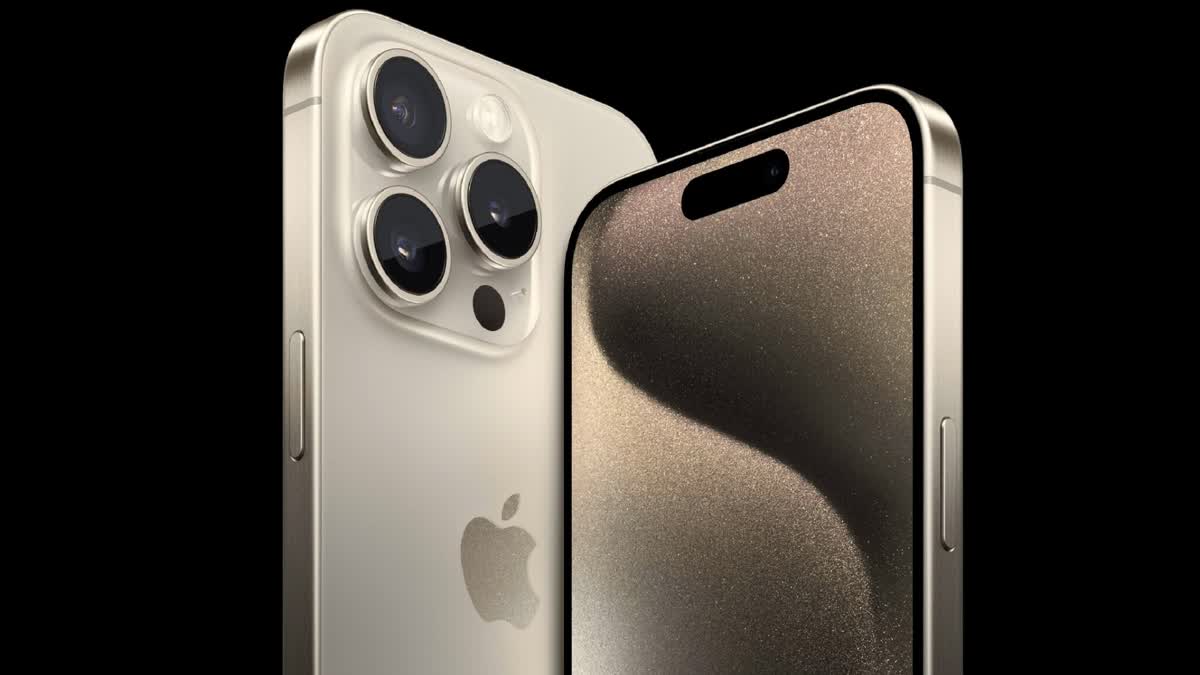New Delhi:The news about India’s Tata Group acquiring a 100 per cent stake in Taiwanese iPhone contract manufacturer Wistron’s India operations marks a significant milestone in the country’s progress towards manufacturing high-end electronic products in the country. The deal, once implemented after obtaining regulatory approvals, will enable Tata Group to manufacture the latest iPhones in India for domestic and international markets.
Manufacturing of Apple’s iPhones in a country is a clear demonstration of the fact that the country can become part of the global supply chain of cutting-edge information technology and electronic products. The US technology company Apple Inc. produces cutting-edge mobile phones, laptops and smartwatches that are some of the most coveted consumer products in their product categories with cult status among buyers.
Components for iPhones are manufactured in China, Taiwan, Thailand, Japan, Germany, South Korea, the United States and India and in some other countries also. Taiwan’s Foxconn Group, which is the biggest contract manufacturer for iPhones, also manufactures iPhone components in India, but it will be the first time that a major Indian company will manufacture iPhone or iPhone components for Apple Inc. in India.
Despite the government’s focus on Make in India initiative and its efforts to boost local manufacturing of electronic products such as mobile phones, laptops, television sets and other IT hardware and electronic products, India remains a huge importer of these products as local markets have traditionally been flooded with imported items from China, Vietnam, Malaysia, Taiwan among others.
Why does India remain backwards in electronics manufacturing?According to Industry insiders, one of the major reasons behind India’s huge import bill of electronic goods is the country’s decision to sign the Information Technology Agreement (ITA) that the country signed in 1997 under the World Trade Organisation. According to the data shared in a WTO paper that was released on the completion of two decades of ITA in 2017, China was the biggest beneficiary of the ITA.
In 1996, when the ITA was negotiated, 15 member EU Bloc accounted for 31 per cent of the global share of export of electronic products covered under the ITA. The EU was followed by the USA (20 per cent), Japan (15 per cent), Singapore (7 per cent), Chinese Taipei or Taiwan (6 per cent), South Korea (5 per cent), Malaysia (4 per cent), Canada (2 per cent), and China (2 per cent).
However, in 2015, nearly two decades after its implementation China left behind all other WTO members by a sizable margin as the country alone accounted for 33 per cent of the global export of electronic products covered under the ITA.
China was followed by the European Union (16 per cent) despite the fact that in 2015 the membership of the EU had increased from 15 countries to 28 countries. The share of the United States was reduced from 20 per cent to just 9 per cent. However, Singapore was able to hold on to its 4th slot with a 7 per cent market share that year.
